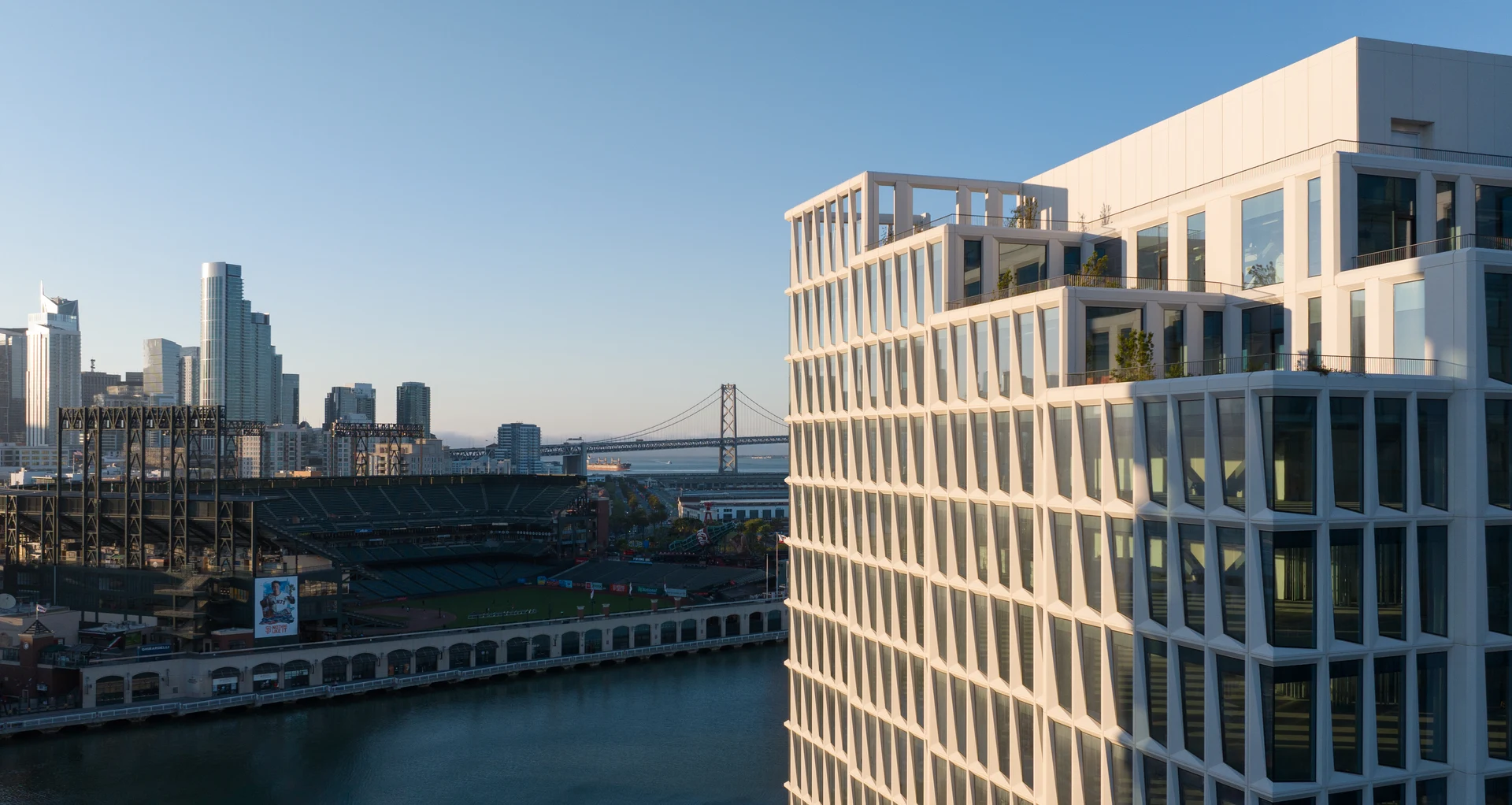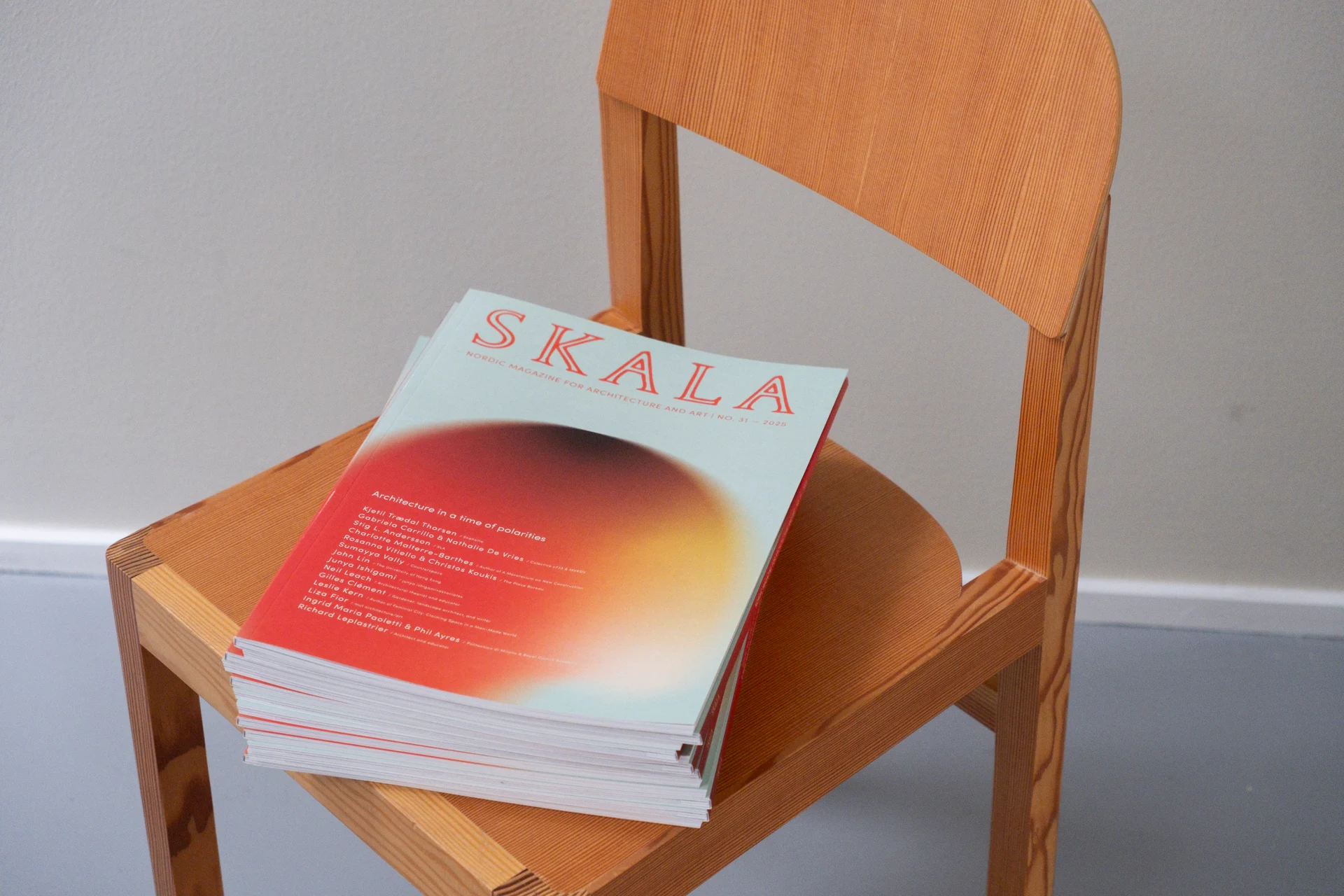German Pavilion at the World Expo 2025 in Osaka wins Green Good Design Award

Set against the global stage of the Expo 2025 Osaka, our landscape design for the German Pavilion is a living, breathing ecosystem that boosts biodiversity, regulates microclimates, and manages water resources through natural processes.
Contact

Executive Partner

Head of Department, Idea, Concept
Under the theme of 'Designing Future Society for Our Lives,' Wa! Germany, the German Pavilion invites visitors into a sensory oasis, offering an immersive experience that educates on the environmental impacts of architecture and its potential to shape the planet's future.
In collaboration with LAVA Laboratory for Visionary Architecture Berlin GmbH and facts and fiction Berlin, the project received the Green Good Design Award, presented by The Chicago Athenaeum and the European Centre for Architecture.
Wa! Germany
The concept of Wa - symbolizing harmony and cyclical processes in Japanese - guides the pavilion’s design, embodying the balance between nature and human innovation. This principle extends beyond architecture, deeply influencing the landscape, with each element contributing to a living, evolving ecosystem. By integrating materials like mycelium and bamboo into the landscape, alongside water-sensitive elements, the space is engineered for reuse and repurposing, reinforcing the cyclical nature of the project. The collaboration between German architectural precision and Japanese horticultural expertise creates a unique cultural integration, forming a dynamic and interactive experience.

The pavilion’s landscape design integrates a water-sensitive strategy, featuring permeable surfaces, bioswales, and rainwater harvesting systems that manage stormwater and promote natural water cycles. This approach reduces flooding, cools the environment, and is anchored in a sponge city strategy that enhances the pavilion’s ecological resilience. Designed to capture and slowly release water, the system ensures that rainwater runoff is absorbed during heavy rainfall events, helping to maintain a balanced, natural water cycle.
The landscape’s planting and soil practices embrace a cyclical approach designed to benefit the site long after the World Expo concludes. By focusing on soil, an often overlooked but vital resource, we’re revitalizing the once poor, piled-up earth with plants that naturally enrich it through root bacteria. Meanwhile, shrubs and trees borrowed from nearby areas bring their own healthy soil, supporting growth without the need to replace existing ground.
In collaboration with Ryokukou Gardens, a local nursery in Osaka, the design incorporates native and climate-adapted species, many of which are borrowed from the Osaka region, to create biodiverse habitats for local wildlife and supporting pollinators. Reeds and grasses help cool the air as visitors pass through the pavilion, and the plant selection is tailored to withstand both average rainfall and extreme weather events, like typhoons, ensuring the landscape remains robust in the face of climate challenges.
A spatial experience
Visitors enter the German Pavilion through a welcoming tree-covered square including a garden path that offers a peaceful escape, winding through paths with iris planting and a heavy rain trough that highlights the flow of water.
As visitors move through the space, they shift from shaded areas to light-filled sculpted meadows, framed by bamboo strips and shrubs that create privacy and guide the eye. Sunlight filters through the canopy, and the scent of flowers and earth enhances the sensory experience. The journey ends in a curved square, where an exhibit on biodiversity and urban nature invites reflection on the relationship between nature, design, and the future of urban spaces.
The German Pavilion at Expo 2025 in Osaka, Japan, is on display for the duration of the event, from April 13 to October 13, 2025.
01/04







